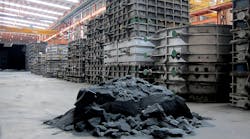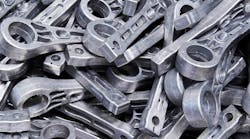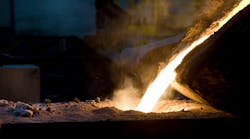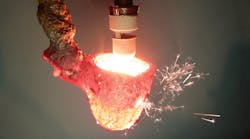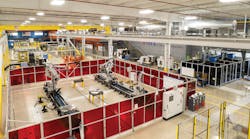SinterCast AB reports that the Foundry Research Institute at China’s FAW Foundry Co. Ltd. in Changchun, China, has ordered a second SinterCast Mini-System 3000 to support its compacted-graphite iron research and development program. Early last year, the research center ordered a comparable system to support CGI product development across the organization. That system has been transferred to FAW Foundry Co.’s Wuxi Foundry, which support’s FAW's Wuxi Diesel Engine Co., in Wuxi.
Stockholm-based SinterCast develops and licenses process control technology for producing CGI, an alternative to gray iron and aluminum for forming strong but lightweight automotive components. Its System 3000 is the third generation of the control package, introduced in 2010, and includes hardware, an operating system, and process control software. It’s a modular system that can be installed for any foundry or process flow, e.g., foundries that produce CGI from pressurized pouring furnaces or by ladle pouring. The Mini-System 3000 is scaled for research programs.
The new Mini-System 3000 at the R&D center will be used to develop CGI component parts for passenger cars, light-duty and heavy-duty commercial vehicles, and buses.
The FAW Group manufactures passenger and commercial vehicles, and collaborates in vehicle development, production, and sales with various global automotive OEMS, including Audi, Ford, Hyundai, Mazda, Toyota, and Volkswagen.
"As the largest automobile manufacturer in China, with production of more than 2.5 million vehicles per year, FAW has established itself as the Chinese market leader for CGI product development," observed SinterCast president and CEO Dr. Steve Dawson.
"Building on our successful, high-volume production of compacted graphite iron exhaust components in China since 2007, and the local presence provided by our offices based in Shanghai and Beijing, we look forward to increasing our support of the Chinese foundry and automotive industries as one of the key growth areas for SinterCast and CGI," he concluded.
Latest from Materials
Latest from Materials

